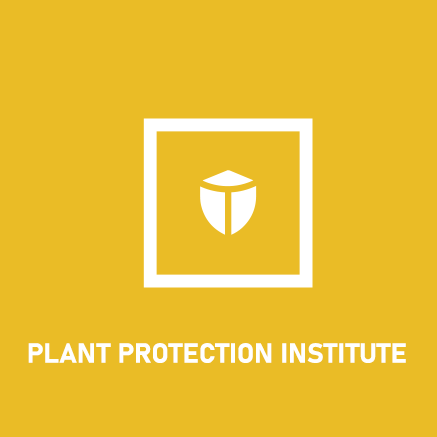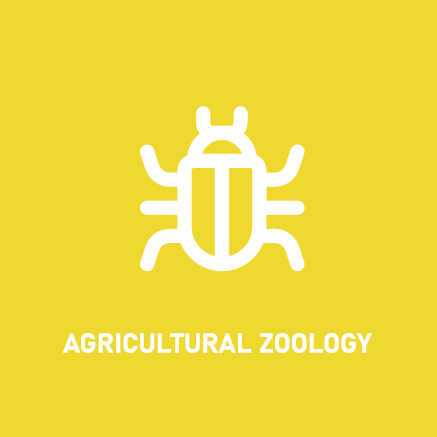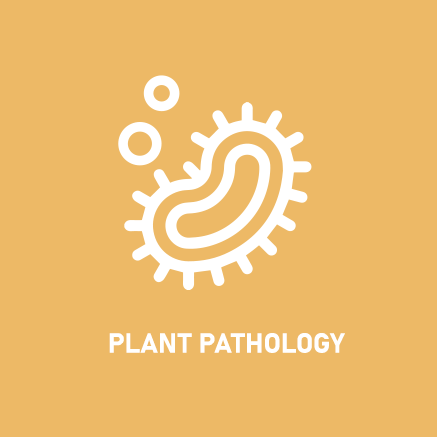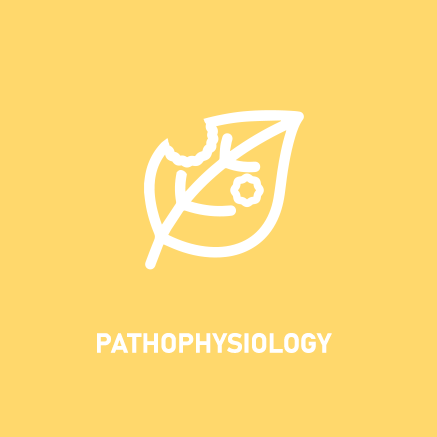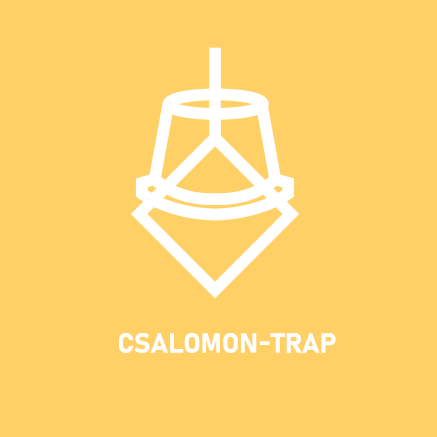Plant Protection Institute

ABOUT US
In the second half of the 19th century, a pest that threatened grapevines and originated in North America, phylloxera (Daktulosphaira vitifoliae), caused serious damage at both Hungarian and other European vineyards. In 1880, at the suggestion of Ottó Herman to develop defense, the Tisza Kálmán government established the National Phylloxera Experimental Station at 15 Debrői út (now Herman Ottó út) in Budapest. It was later transformed into the Royal Hungarian State Entomological Station. This became the Plant Protection Research Institute followed by the integration of the Royal Hungarian Ministry of Agriculture and the Hungarian Royal State Seed Testing and Plant Physiology and Pathology Station (1932).
After the Second World War, Gábor Ubrizsy (1919–1973) reorganized the institute and modernized it. He introduced a new concept and also launched new themes. Besides Gábor Ubrizsy, outstanding scientists were working at the institute during this period, who were decisive in scientific research regarding plant protection worldwide, and in their home country as well. During this time laboratories were established out of the capital; one in Keszthely for the research of the potato beetle and an other one in Nyíregyháza for the study of the American white weaver moth. Belonging to the ministry, the research focused primarily on the most important practical problems in plant protection. The institute joined the research network of the Hungarian Academy of Sciences on its own initiative (1981) and research has rather moved in the direction of basic research on plant protection. It retained its independence until 2012, when it was attached to the MTA Agricultural Research Center, under the name of MTA ATK Plant Protection Institute. Since September 2019, it has been a member of the Eötvös Loránd Research Network.
ORGANIZATION AND CONTACTS
Jenő Kontschán, director
Telefon: +36 1 487 7521
E-mail: kontchsan@atk.hu
SECRETARIAT
Phone: +36 1 487 7521
E-mail:
Website: www.atk.hu
SCIENTIFIC DEPARTMENTS
Department of Zoology
Zoltán Tóth, head of department
Phone: +36 1 487 7521
E-mail: toth.zoltan@atk.hu
Department of Evolutionary Ecology
Attila Hettyey, head of department
Phone: +36 1 391-86-00/652
E-mail: hettyey.attila@atk.hu
Department of Chemical Ecology
Zsolt Kárpáti, head of department
Phone: +36 1 391-86-00/644
E-mail: karpati.zsolt@atk.hu
Department of Pathophysiology
Ágnes Móricz, head of department
Phone: +36 1 487 7521/515
E-mail: moricz.agnes@atk.hu
Department of Plant Pathology
Katalin Salánki, head of department
Phone: +36 1 487 7521/592
E-mail: salanki.katalin@atk.hu
EXPERIMENTAL SITE
2094 Nagykovácsi, Nagykovácsi út 26-30. (Júlia major)
KIADVÁNYOK
Acta Phytopathologica et Entomologica Hungarica
Angol nyelvű tudományos folyóirat, amely növénykórtan és rovattani témájú tudományos publikációkat közöl. A MTA támogatású lap, az Akadémai Kiadó kiadványa, de szerkesztősége és az egykori és a jelenlegi főszerkesztői is az ATK NÖVI-ben működnek.
Magyar nyelvű tudományos folyóirat, amely az alapkutatási eredményekről a technológiai újításig változatos spektrumon mutatja be a növényvédelem legfontosabb eredményeit. A Herman Ottó Intézet adja ki, de a szerkesztősége az ATK NÖVI-ben működik.

140 éves a Növényvédelmi Intézet
Jubileumi kiadvány, amely a Növényvédelem 2020 különszámaként jelent meg. Az egyes tudományos osztályok elmúlt évtizedekben végzett munkáim mellett, számos egykori és jelenlegi kolléga visszaemlékezéseiről is olvashatunk.

Idegenhonos és inváziós fajokkal kapcsolatos kutatások az ELKH Agrártudományi Kutatóközpont Növényvédelmi Intézetében
Az elmúlt évtizedekben a fokozódó klímaváltozás, a növekvő globális kereskedelem és a nyitott határok miatt újabb és újabb idegenhonos és inváziós kórokozók, valamint kártevők jelentek meg hazánkban, amelyek megismerése és az ellenük való környezetbarát védekezés ma is az egyik legfontosabb feladata az ATK Növényvédelmi Intézetének. Ezekből kutatási eredményeiből mutat be néhányat a kötet, amelyben olvashatunk az újonnan kimutatott károsítókról, az ellenük való környezetbarát védekezés lehetőségeiről, valamint idegenhonos fajok anyagcseretermékeinek potenciális növényvédelmi lehetőségéről is, sőt még a kétéltűinket fenyegető idegenhonos gombabetegségről is.


